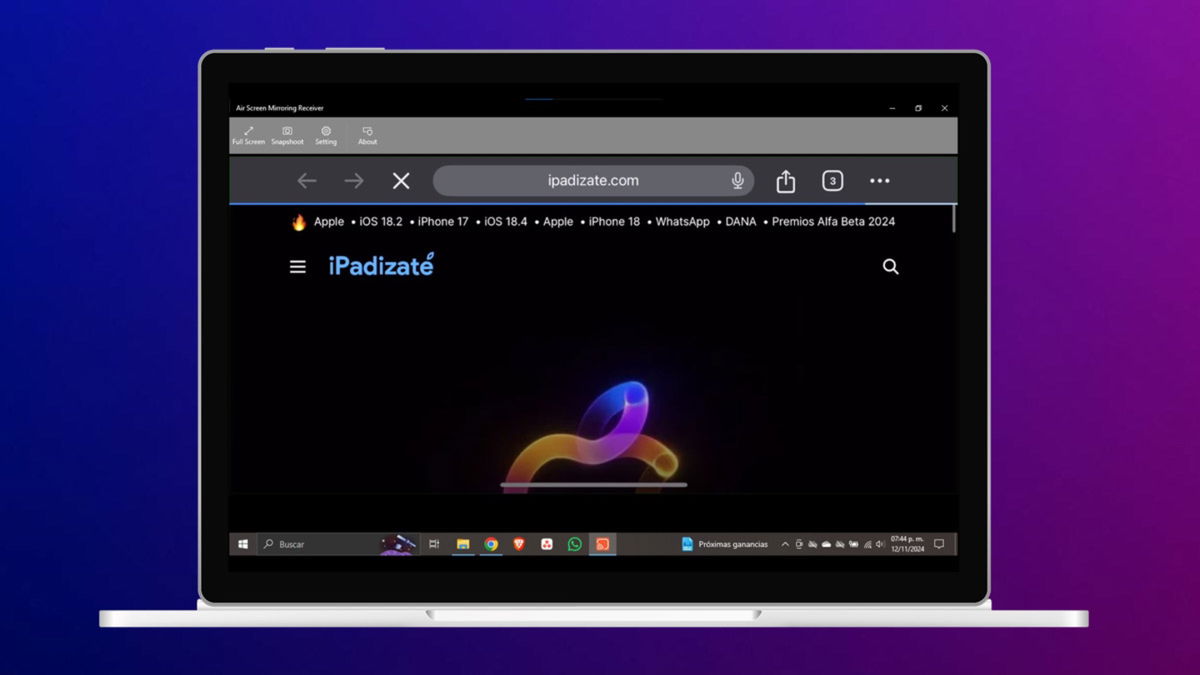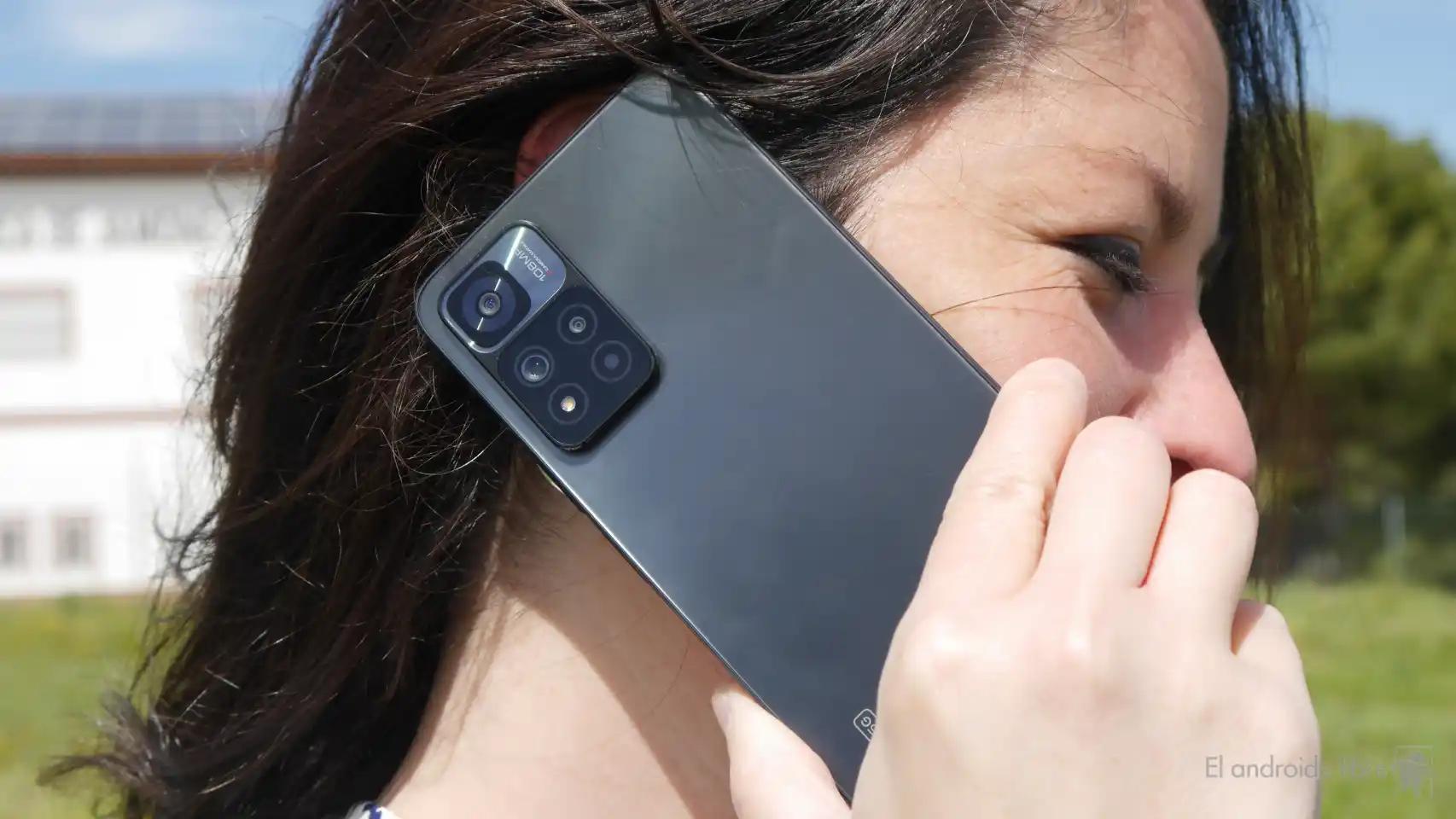Google has just released the second developer Android 13, or Android Tiramisu, and it’s packed with new features, including the changes to how permissions work. It’s not just about the new notifications authorization -which we can finally test in this DP2- but other new authorizations.
Android 13 lets apps find nearby devices over Wi-Fi without having to grant location permission, adds the new notification permission, and paves the way for convert file and media permissions to three separate permissions.
Authorization of new notifications

It’s the big star of Android 13 is the new notification permission. The big difference with previous versions of Android is that they allowed apps to send notifications serially, although you can always dismiss them later. In Android 13, apps don’t have permission until you tell them otherwise.
For developers, this permission has the id POST_NOTIFICATIONS and it works a bit differently than other permissions. From an app’s options, tap the Notifications permission to open notification settings of said application.
Files and documents

It still seems to be half-baked, but Google is preparing a major change in the authorization of media files and content. This authorization as such seems to remain the same, but it will change its name to Files and documentsanticipating that it will not be suitable for an application that needs to access audio or photo files (we will see this below).
Permission is still old acquaintance READ_EXTERNAL_STORAGE, which started being more restrictive since Android 10 (before it was granted automatically). The new name could indicate that in the future it will be used as a mixed bag for those files that are not photos, videos or audio.
Music and other audio files

A new permission coming in Android 13 is the Music and other audio fileswhich Google defines as necessary for an application to play audio files from external storage.
With the official name of READ_MEDIA_AUDIOthis authorization is something like a spin-off of READ_EXTERNAL_STORAGE for sound only. On Android 13, DP2 still doesn’t seem to work properly, but Google will required for apps designed for Android 13. For apps designed for older versions, the external storage permission automatically grants this one and the next.
Photos and videos

Android 13 DP2 settings show it as new permission called Photos and videosalthough internally Google classifies it as two: READ_MEDIA_IMAGE and READ_MEDIA_VIDEOrespectively for photos and videos.
It’s an rrefinement of previous external storage permissionwhich will be even more granular starting with Android 13. Apps built for earlier versions continue to use the old permission, which automatically grants access to audio, photos, and videos.
Nearby devices

Another change that comes with Android 13 is the permission to find nearby devices via Wi-Fiwithout the need to grant the app location permission, as was the case with previous versions.
This new authorization NEARBY_WIFI_DEVICES this is the second time Google extract permission from devices near location. In Android 12 it was added BLUETOOTH_SCANto do the same thing but with scanning for nearby Bluetooth devices.
Read phone status basic edition
Since the first versions of Android, apps could ask for permission to get phone status (network information, if there is a call in progress and the accounts on the mobile), which turned out to be too large. In Android 11 the most accurate has arrived READ_PRECISE_PHONE_STATE
With Android 13, it’s coming READ_BASIC_PHONE_STATEwhich just returns some data like system version or network type to which it is connected, therefore being a less dangerous authorization than the previous one.
Body sensors in the background
Another internal change in Android 13 permissions concerns the permission to access the mobile sensors in the background. This permission allows an app to access health sensors (such as heart rate) when the app is not in use.
Of course, this will not be a license for everyone. Google states in its documentation that this permission is going to be very restricted and available only when the app installer allows permission. The authorization is called BODY_SENSORS_BACKGROUND
Revoke app permissions
Finally, Android 13 allows an application to remove permissions. Obviously apps can’t add permissions to themselves, but neither can they take permissions away from you when they no longer need them (if you’ve changed how they work or no longer have functionality that requires them).
Table of Contents









